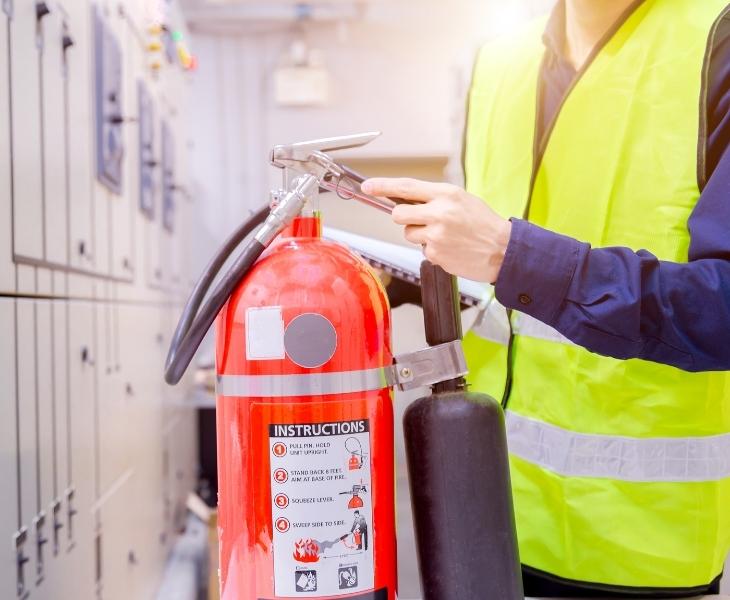Fire extinguishers are used every day. According to a study by Macquarie University and the Bushfire and Natural Hazards Co-operative Research Centre, more Australians are killed in structural fires each year than through other natural hazards including; bushfires, storms, and floods combined. This alarmingly high number means that structure fires (fires within a house or building) could happen anywhere. Proper precautions need to be taken to prevent deaths and damage to structures caused by fire. Installing and maintaining fire alarms, educating staff about evacuation routes, and learning about different types of fire extinguishers are all important steps that you need to take in order to save lives in case of a fire.

5 Types of Fire Extinguishers
It is essential to familiarise yourself with which fire extinguisher type can be used for which type of fuel. Using the
incorrect type may not work or cause a dangerous chemical reaction (for example, using Water based Fire Extinguishers on Class B, F, or Electrical Fire). In other cases, using the wrong fire extinguisher means that the fire can reignite after apparently being successfully extinguished.


